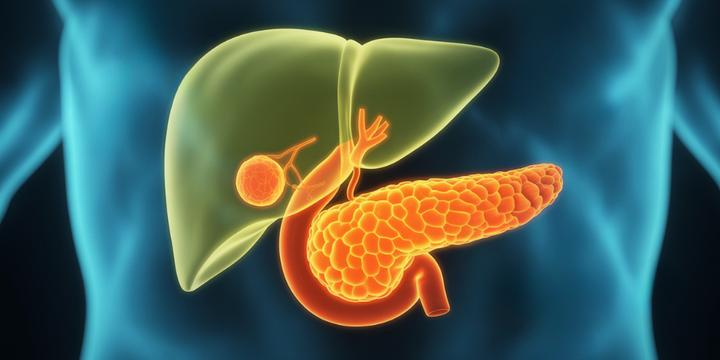
Key Takeaways
- Type 2 diabetes significantly raises the risk of various cancers, including pancreatic and liver cancers.
- Diabetic retinopathy (DR) exacerbates cancer risk in diabetic patients.
- Effective glycemic control may help reduce cancer incidence in this population.
Understanding The Link Between Diabetes And Cancer
- Pancreatic Cancer: Patients with T2DM have a 50% higher risk of developing pancreatic cancer, with new-onset diabetes often serving as an early warning sign.
- Liver Cancer: The risk of liver cancer is also significantly elevated in diabetic patients, particularly those with additional complications.
- Other Cancers: Increased risks have been observed for cancers of the breast, colon, and bladder.
The Role Of Diabetic Complications
Diabetic complications, particularly diabetic retinopathy, have been shown to further increase cancer risk. Patients with DR experience:
- Higher Levels of Inflammatory Markers: Chronic inflammation associated with diabetes can promote cancer development.
- Increased Vascular Endothelial Growth Factor (VEGF): Elevated VEGF levels in patients with DR may contribute to tumor growth and metastasis.
Mechanisms Behind The Increased Risk
Several biological mechanisms may explain the heightened cancer risk in individuals with T2DM:
- Hyperglycemia: High blood sugar levels can lead to oxidative stress and inflammation, both of which are linked to cancer progression.
- Insulin Resistance: Insulin resistance can promote tumor growth by activating pathways that encourage cell proliferation.
- Chronic Inflammation: The inflammatory response associated with diabetes can create a tumor-friendly environment.
Importance Of Early Detection
Given the increased cancer risk, early detection and monitoring of diabetic patients are crucial. Healthcare providers should consider:
- Regular Screening: Implementing routine cancer screenings for patients with T2DM, especially those with complications like DR.
- Monitoring Blood Sugar Levels: Maintaining optimal glycemic control can potentially reduce the risk of cancer.
Conclusion
The association between type 2 diabetes and advanced cancer underscores the need for heightened awareness and proactive management in diabetic patients. By understanding the risks and implementing early detection strategies, healthcare providers can improve outcomes for this vulnerable population. Regular monitoring and effective management of diabetes may not only enhance quality of life but also reduce the risk of developing serious complications, including cancer.
